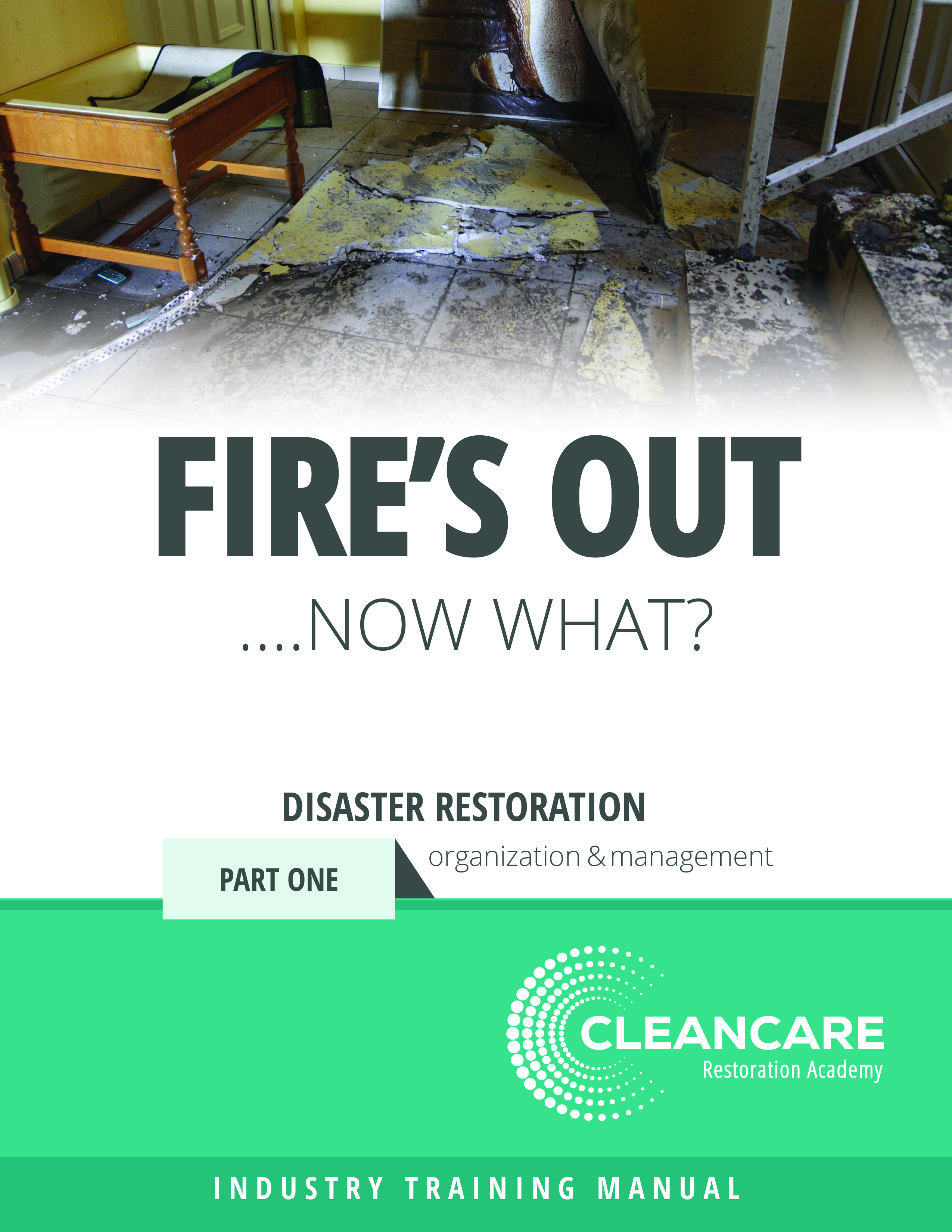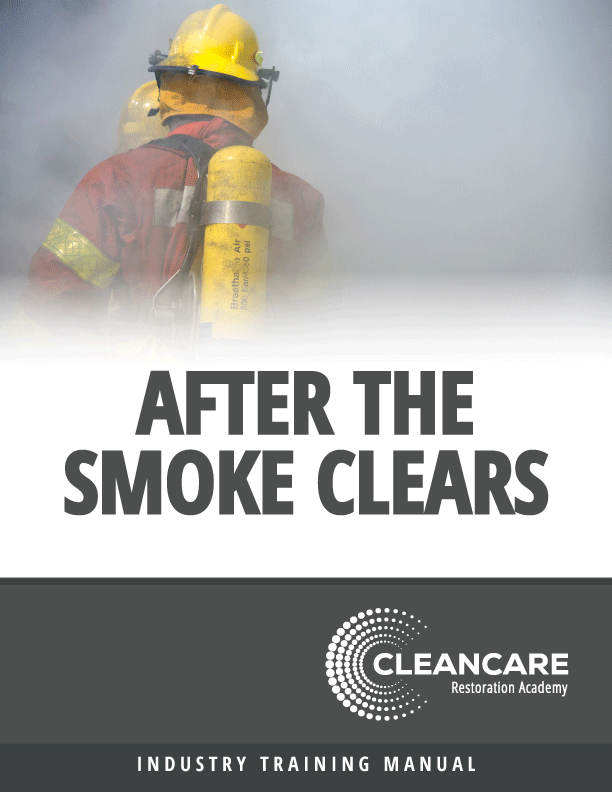Responding to a Fire: What is the Most Important Thing?
Every person will react to the stress of experiencing a fire differently




It was a late Saturday morning. I received a phone call from a project manager, stating he was at a fire. It is very rare for a project manager to call me in need of any assistance so I immediately asked if everything was OK.
He said, “Oh yes, the most important thing to me right now is to find a temporary home for a Pacu fish because that is the most important thing to the homeowner.”
A Pacu fish is a relative of the piranha, which measures about 16 inches long by about 10 inches wide. It found a temporary home at a local pond store while a new aquarium was staged at a relative’s house. Some of the original water from the aquarium was saved for the temporary aquarium and the Pacu was able to adjust to its temporary home in comfort.
From a customer service standpoint, this means that the most important thing is whatever the most important thing is to the property owner. Every response must start with communication and empathy. Every person will react to the stress of experiencing a fire differently. I recommend training your staff on a series of questions and preparing them to handle different situations. Although some property owners will be forthcoming about the things that are most important to them, others may need to be prompted so that you can take care of their immediate needs and the things that are most important to them. You should always, even at 3 a.m., be able to address any concerns regarding contents. Do they need clothing? Is there a child who needs a special stuffed animal to sleep? Are there any items that they are particularly concerned about for any reason? A chair? Pictures? Yes, even an exotic fish?
As with all we do as professional restorers, we must be prepared to execute an emergency response to fire. Whether you partner with a subcontractor(s) or do most everything in-house, we must have resources ready, organized and our staff trained. Although we did not have temporary housing for large freshwater fish on our resource list, the team was equipped with resourcefulness, empathy and good judgment. The following are considerations to keep in mind when reviewing your fire response plans and protocols:
1. Immediate Needs: Are you fully prepared to handle the immediate needs of the property owner? For example, can you handle their textiles or do you have a subcontractor set up who can facilitate emergency textile restoration? For businesses, do you have a commercial resource list set up to facilitate commercial clients to get them up and running? This could range from commercial electricians to IT support.
2. Secure the Property: Upon arrival, restorers are expected to secure the property for security and safety. Consider developing or reviewing your SOP (Standard Operating Procedure) for all to follow. Being prepared is key:
a. Designate a truck or trailer designed for emergency board-ups. If you do not have access to a truck or tailor, consider designating an area, then bundle and organize board-up supplies.
b. Develop a very specific detailed inventory list of all the tools and supplies in/on the board-up box and a system to maintain inventory levels of the supplies. For Example:
|
Chain Saw Safety Helmet |
2 |
|
Lathe |
50 |
|
Tarp 6 x 8 |
11 |
|
500 Watt Portable Stand Lights |
2 |
3. Minimize the Severity of the Loss by Performing Corrosion Mitigation: Develop a corrosion mitigation SOP (Standard Operating Procedure):
a. Corrosion Mitigation Kit with Inventory: Dry cleaning sponges, dish soap, HEPA vacs, WD-40, etc.
b. Corrosion Mitigation Checklist or SOP: Faucets, door knobs, hardware, windows, bathroom enclosures, etc.
4. Explain Procedures in Detail to Property Owner.
a. Use your sensitivity to assess the timing of your explaining the process. Depending on the property owner’s state of mind, you may need to follow up at a later date with more information.
b. Develop a checklist and give the property owner reference material. We must maintain perspective and understand that most people have never experienced a fire and many do not know the process. Be careful not to skip important details that may seem obvious to an experienced restorer. Consider a handout that the property owner can refer back to in the coming days. They will be getting a lot of information and are also going through quite a bit of emotion.
5. Successful Subrogation Training: It is important and expected for us to protect the scene in accordance with industry subrogation guidelines. I recommend the CTS courses: Successful Subrogation I & II. “The goal of this course is to teach restoration contractors what to do when they are on a scene following a loss so that subrogation potential is not destroyed.”
6. Safety: Fire scenes can be dangerous. The structure could be compromised and there could be investigation pending that may limit the extent of services that you can perform at the time of your emergency response. Safety consideration of the crew should always be the first priority.
Looking for a reprint of this article?
From high-res PDFs to custom plaques, order your copy today!











